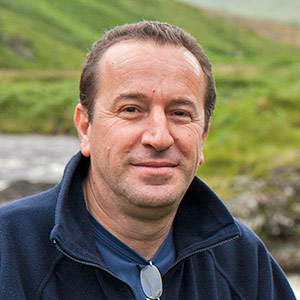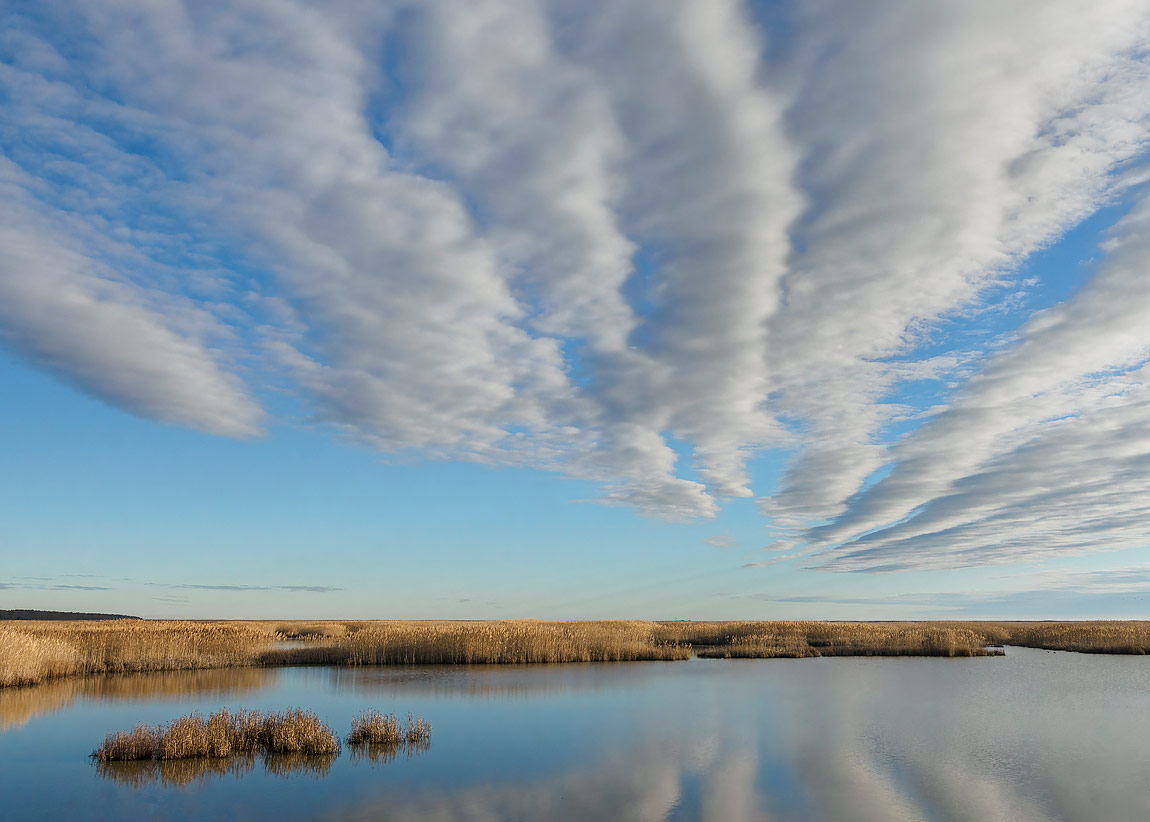Edwin B Forsythe National Wildlife Refuge protects more than 48,000 acres of southern New Jersey coastal habitats. More than 82 per cent of Forsythe's refuge is wetlands, of which 78 per cent is salt marsh, interspersed with shallow coves and bays. The salt marsh spans 50 miles along the back bays of the New Jersey coast, from Barnegat Bay in Brick Township south to Reeds Bay, just outside Atlantic City. The refuge’s location in one of the Atlantic Flyway’s most active flight paths makes it an important link in seasonal bird migration. The fragile estuary ecosystems are sustained by fresh water flowing from the interior Pine Barrens forests.
I arrived on a Monday morning as storms from the previous day were moving out of the areas. As I drove along the wildlife drive looking for an avian subject to photograph, I noticed this amazing cloud formation. I quickly changed my lenses and took this photo handheld. The versatility of my Olympus OM-D E-M10 Mark III Mirrorless Camera allows me to switch from wildlife to landscape photography in an instant. I failed to change my ISO “wildlife setting” from 1250 to my landscape ISO of 100. The image had some noise but I was able to effectively remove it using Topaz DeNoise AI.
Benefits of VIP membership:
• Download all new issues of Landscape Photography Magazine
• Download all back issues of Landscape Photography Magazine
• Download all new issues of Wild Planet Photo Magazine
• Download all back issues of Wild Planet Photo Magazine
• Download premium eBooks worth £19.45.
• Create your Personal Portfolio Page – click here to see sample
• Your pictures stay attached to your Personal Portfolio Page forever
• We promote all your uploaded pictures to over 300,000 members and followers
• Submission Priority – your submission goes to the front of the queue
• Fast Support – we aim to reply within 12 hours
 Create your Personal Portfolio Page and let us share your published pictures with over 300,000 members and followers.
Create your Personal Portfolio Page and let us share your published pictures with over 300,000 members and followers.
Dimitri Vasileiou • Editor


